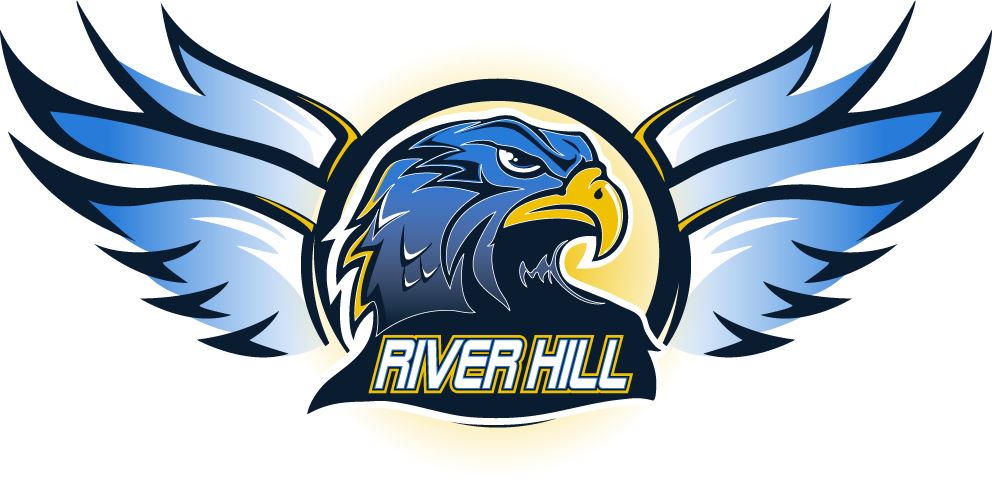By Benjamin Hong, Staff Writer
This past Saturday, the Chesapeake FIRST Tech Challenge Regional tournament took place at Archbishop Spalding High School. Teams from across the DMV region gathered there to showcase their robotics prowess and to compete for a chance to advance in the 18th annual international FTC competition. With thousands of teams and tens of thousands of students working to solve the yearly robotics challenge, it is no wonder that some River Hill students decided to throw their hats into the ring. And for the first time since 2014, an all-Hawk team successfully qualified for Chesapeake Regionals.
Founded in 2004, the First Tech Challenge is one of the most prestigious robotics competitions in the world. Every year, teams from all around the world compete to build and code a robot in accordance with an annual theme. This year, the theme was dubbed Power Play, with the main element and source of points being the stacking of cones on poles of varying heights via a remotely controlled, completely self-constructed robot.
There also exist other, more niche methods of earning points, but the aforementioned cone stacking is generally the primary objective of a team. The River Hill team, S.T.A.T.I.C., took a distinctive approach to the point-earning process, which contributed heavily to their Regionals qualification. Kevin Sun, the team’s mechanical lead and a freshman at River Hill, noted that “one advantage we have is that our cycle time is faster than basically every other team out there. There are only maybe one or two teams that we know of that do have a faster time.”
The cycle time in this year’s FTC competition refers to the time that it takes for a team’s robot to grab a cone from a designated loading area, place it onto a pole, and return to retrieve the next cone. S.T.A.T.I.C.’s low cycle time allowed them to gain points at a faster rate than their opposition, which played a significant factor in their Regionals qualification.
Of course, a successful robotics team must also have the means to acquire the supplies to construct a winning machine, some of which can be very costly. For FTC teams, this requires the procurement of sponsors through outreach programs, which is a way in which the FIRST Tech Challenge strives to foster not just engineering talent, but also skills including communication, graphic design, and web creation. Sponsors can “provide services and products, but typically they provide financial support, whether that be discounts on products or just giving money,” says Sun, further noting that “a sponsor is pretty vital because, without a sufficient money supply, you don’t have the resources to purchase products or to pay the fees for events.”
After securing several sponsorships, including Thane Inc., Provenant, and Thread Your Logo, S.T.A.T.I.C. went through qualifier after qualifier, before earning an invitation to the Chesapeake FIRST Tech Challenge Regional. This made them the first completely River Hill team in nearly a decade to do so and was a tremendous accomplishment for a team that had only truly participated in one other year of competition previously.
Despite a less-than-stellar performance at regionals, the team has high hopes for their future. Jerry Li, the freshman team captain, indicated that because the team was unable to advance, the team will “instead be looking to participate in the Maryland Tech Invitational, which is pretty much a postseason World’s tournament.”
Looking further into the future, the team’s coach, Craig Morris, stated that “I think next year is going to be this team’s opportunity to branch out and leverage what they were able to do this year. This year they demonstrated that they have a huge amount of potential, and I think that next year they have a good shot at making not just regionals, but making World’s.”
One prediction, however, will ring true no matter what S.T.A.T.I.C. goes on to do next: the Hawks, for the first time in years, have a truly successful robotics team of their own.

